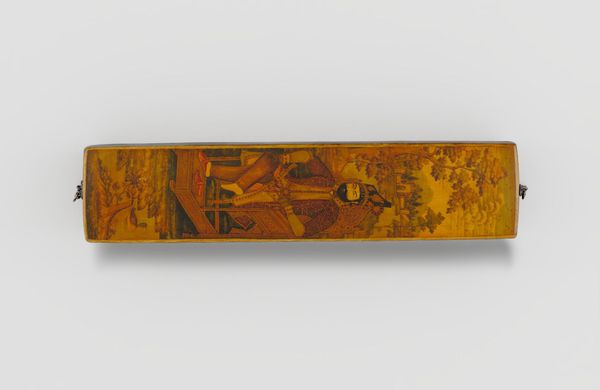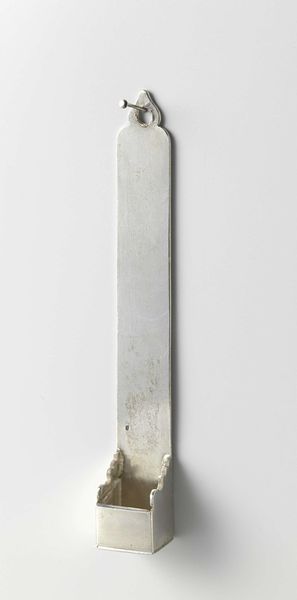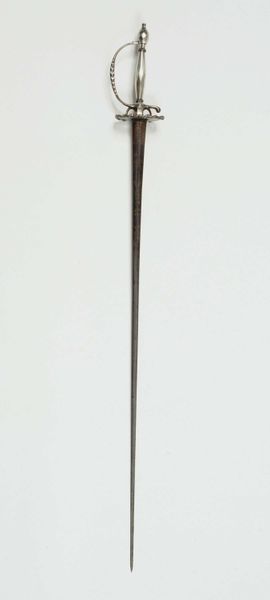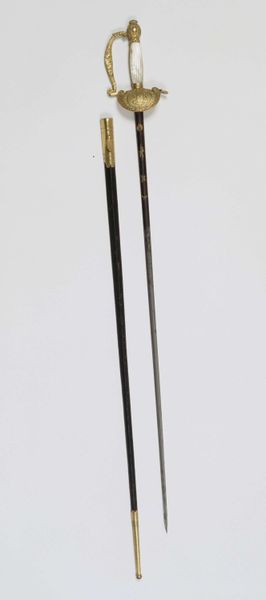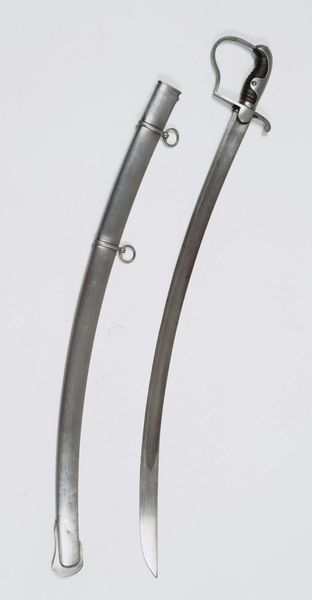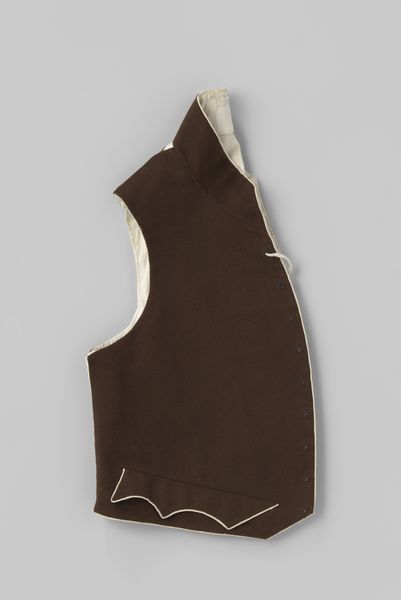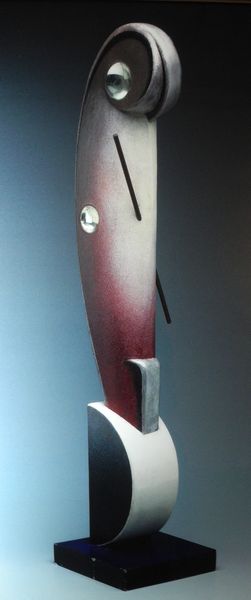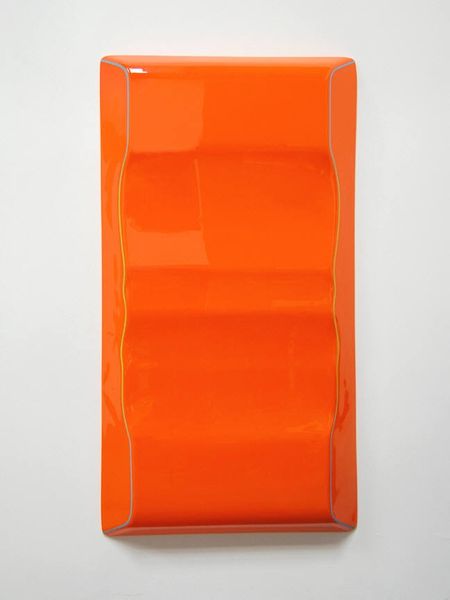
Dimensions: As displayed: 1320 x 610 x 170 mm
Copyright: © The estate of Barry Flanagan, courtesy Plubronze Ltd | CC-BY-NC-ND 4.0 DEED, Photo: Tate
Editor: Here we have Barry Flanagan’s “flaming red,” from an unknown date. It looks like a simple hanging textile. There's this earthy, almost raw, quality to the materials. What strikes you about its construction? Curator: The piece foregrounds the materiality of art. The visible means of support—the wooden rod, the string—and the raw edges question traditional notions of finish and presentation. Flanagan elevates the mundane materials and the labor involved. Editor: So it's more about the "how" than the "what" in this case? Curator: Precisely. How does this focus on process challenge traditional boundaries between art and craft? Consider the social context of textile production. Editor: That definitely gives me something new to think about regarding materiality and labor. Thanks! Curator: My pleasure. It’s about seeing art embedded in a larger network of production and consumption.
Comments
Join the conversation
Join millions of artists and users on Artera today and experience the ultimate creative platform.
tate 6 months ago
⋮
flaming red consists of two lengths of hessian; the longer piece (1.35 metres in length) hangs like a banner in front of the shorter piece (about a third of the length of the longer one). Both hang from a wooden bar that projects out from the wall, hung by another wooden construction held to the wall by string and one nail. The longer length of hessian is dyed red and its side edges are bordered by a white paint partially made up of china clay. A hole has been cut into the fabric, the bottom edge of which is about one third from the top; this circular hole is also bordered with a line of white paint. The unpainted piece of hessian is bordered at its left and right edges by a line of white paint, and in addition a roughly painted area of white is partially visible through the hole in the red hessian element. The work’s title refers to the colour of the dyed hessian; other works of this type are often similarly titled to reflect each work’s dominant colour.

